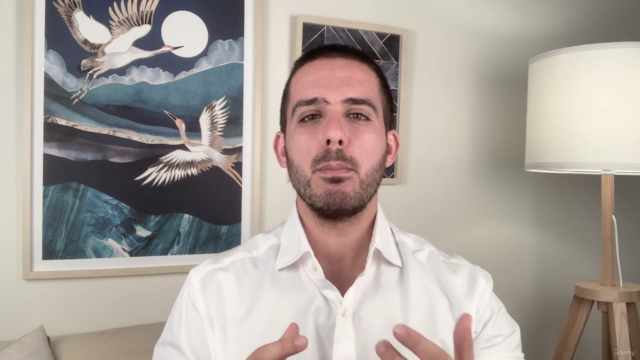Ultimate Persuasion Psychology - Persuasion and Influence

Why take this course?
¡Hola! It looks like you've compiled a comprehensive list of persuasion techniques and principles based on the concepts from the book "Influence: The Psychology of Persuasion" by Robert B. Cialdini, as well as other psychological and marketing strategies. These techniques are powerful tools for anyone looking to influence decisions, be it in sales, negotiation, marketing, or everyday social interactions.
Here's a brief overview of the key persuasion principles you've mentioned:
-
Reciprocity: People feel obliged to return favors. Offering something for free or helping someone can make them more likely to agree to your request later on.
-
Commitment and Consistency: Once people commit to something, they're more likely to follow through with it to seem consistent. This can be leveraged by getting people to commit in small ways first.
-
Social Proof: People will do things that they see others doing. If you can show that everyone is taking a certain action, it will be perceived as the correct behavior.
-
Authority: People respect and comply with authority. Demonstrating credentials or expertise can help establish your authority.
-
Likability: People are more easily persuaded by those they like. Being friendly and personable can make a big difference.
-
Scarcity: Things appear more valuable when they're less available. Indicating that something is scarce or in limited supply can make it seem more desirable.
-
Consensus: People will adopt the actions of others if they believe that those actions are endorsed by the majority. Showing that everyone else is doing it can be very persuasive.
-
Contrast: People determine what "good" means by comparing it to something else, usually "bad." Framing an option in contrast to a less desirable one can enhance its perceived value.
-
Instant Unity (Urgency): Creating a sense of urgency can prompt immediate action. If people think they've missed out on a deal or that the opportunity is fleeting, they're more likely to take it.
-
Mystique and Previewing: Keeping something partially mysterious can be intriguing. Revealing too much may lose some of its appeal.
-
Non-attachment and Costly Signaling: Demonstrating that you don't need something, or even harming yourself in the process, can show commitment and expertise.
-
Salience: Making something stand out can make it more memorable and persuasive. Use boldness, uniqueness, or novelty to draw attention.
These principles are not only useful for understanding consumer behavior but also for crafting messages that resonate with your audience and lead to the desired outcome. Whether you're trying to sell a product, convince someone to change their behavior, or simply persuade your friends, understanding these dynamics can be incredibly beneficial.
Course Gallery




Loading charts...